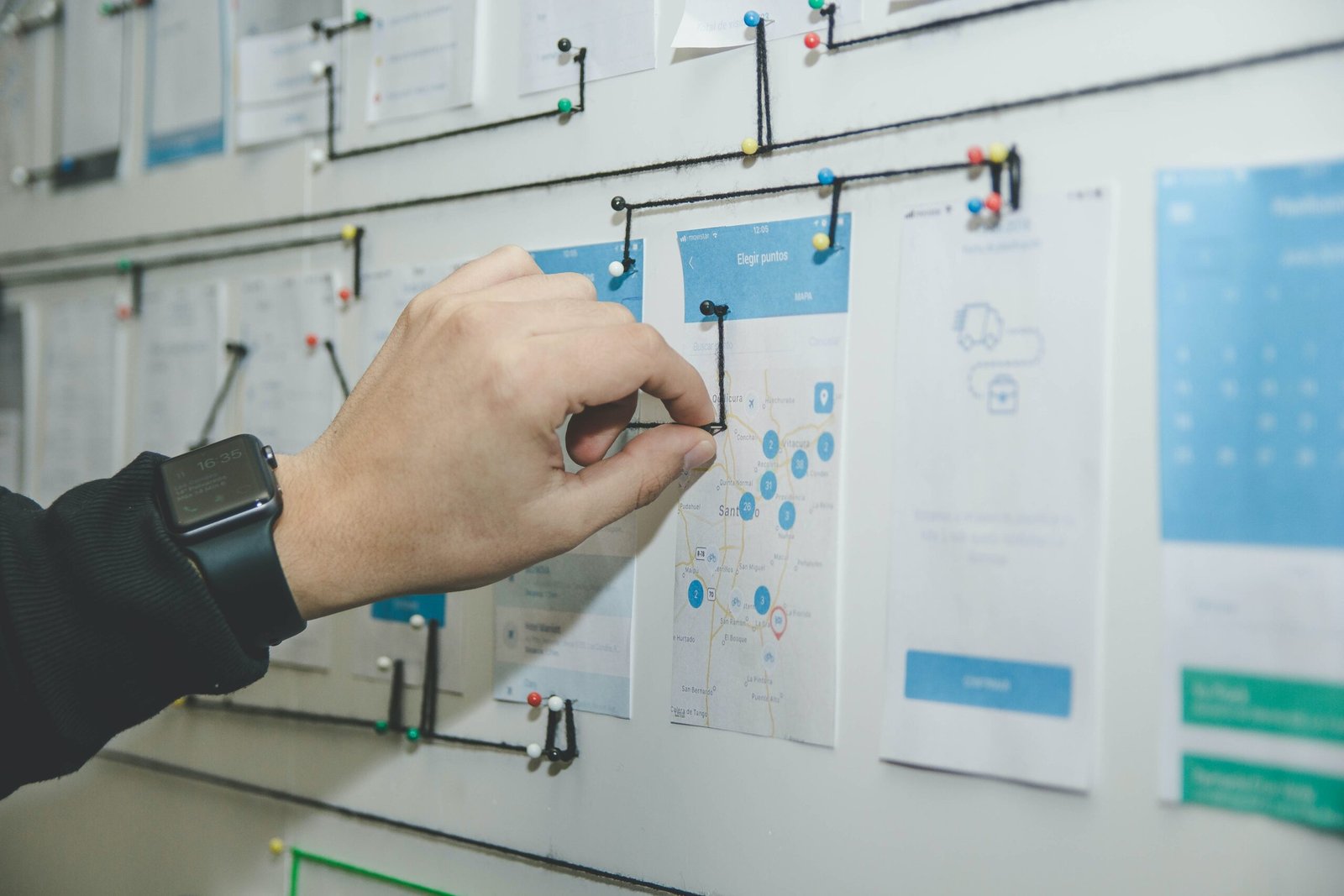The Difference Between UI and UX
User Interface (UI) and User Experience (UX) are two terms often used interchangeably in the field of web design. However, they have distinct meanings and play different roles in creating a successful website or application.
UI focuses on the visual aspects of a website or application: the buttons, text, images, sliders, entry fields, and other items a user interacts with. Good UI is not just about aesthetics; it’s about creating intuitive, clear, and easy-to-navigate interfaces. This means that users should be able to understand how to use a website without much thought or effort.
UX, on the other hand, is all about the overall experience a user has when interacting with a website or application. It’s not just what they see, but how they feel while navigating. UX design considers the ease of use, accessibility, and efficiency of the interface. A good UX design makes users’ tasks simpler and more enjoyable, leading to higher satisfaction and better overall engagement with the product.
The Interplay of UI and UX
While UI is the toolset and UX is the end result, they are deeply interconnected. An attractive interface (UI) that’s hard to navigate or understand leads to a poor user experience (UX). Conversely, a site might be easy to use but unappealing visually, which can also detract from the overall experience.
Therefore, it is essential for web designers to consider both UI and UX when creating a website or application. The visual design should be aesthetically pleasing and align with the brand identity, while also ensuring that users can easily navigate and understand the interface.
Importance of Efficiency and User-friendliness
In the context of web interfaces, efficiency means enabling users to accomplish their goals with minimal effort and time. This is where UI/UX design becomes crucial. For instance, a well-designed date entry field should allow users to input their birthdate quickly and without confusion. This not only saves time but also reduces frustration, enhancing the overall experience of using the site.
User-friendliness is another key aspect of UI/UX design. A user-friendly interface ensures that users can easily find what they are looking for and complete their tasks without any difficulties. This includes clear navigation menus, intuitive icons, and well-organized content. By prioritizing user-friendliness, web designers can create interfaces that are accessible to a wide range of users, including those with disabilities.
Current Trends in UI/UX
The modern web is increasingly user-centric. This means designs are focused on meeting user needs as seamlessly as possible. Several trends have emerged in UI/UX design to enhance the user experience:
- Minimalistic design: Simplified interfaces with clean lines, ample white space, and minimal distractions.
- Mobile-first approaches: Designing for mobile devices first, considering the constraints and unique interactions of smaller screens.
- Voice user interfaces: Allowing users to interact with websites or applications using voice commands, making the experience more natural and hands-free.
These trends reflect the ongoing effort to create more intuitive and user-friendly web experiences. By staying up-to-date with these trends and incorporating them into their designs, web designers can ensure that their interfaces meet the evolving needs and expectations of users.
Conclusion
UI and UX are both essential components of successful web design. While UI focuses on the visual aspects, UX considers the overall user experience. By understanding the interplay between UI and UX and incorporating efficient and user-friendly design principles, web designers can create interfaces that not only look appealing but also provide a seamless and enjoyable experience for users.



